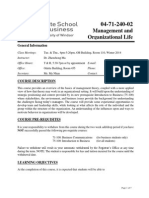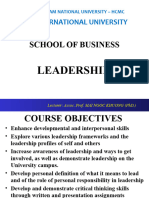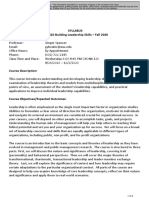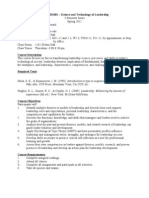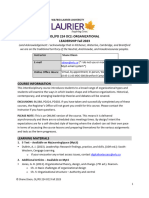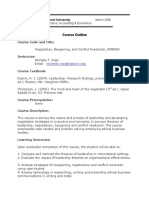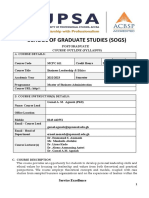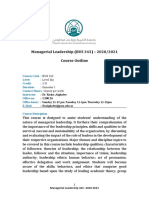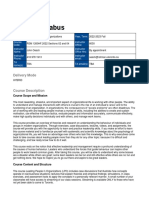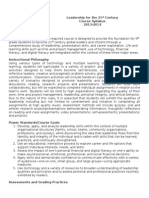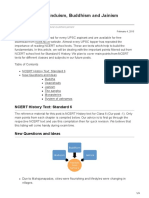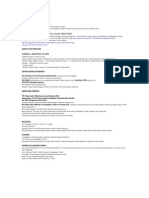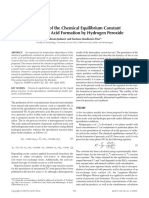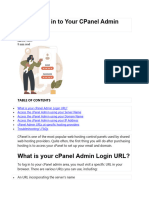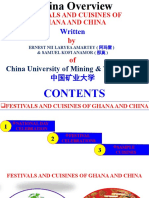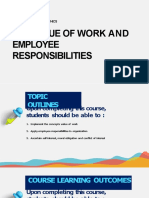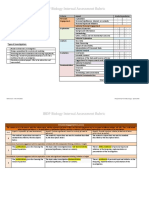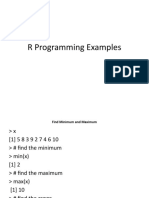0% found this document useful (0 votes)
30 views9 pagesLeadership in Organizations - Course Syllabus - Fall 2023
The course 'Leadership in Organizations' at Hanoi University aims to equip students with leadership skills essential for navigating challenges in the Vietnamese business landscape. Spanning 15 weeks, the course includes lectures, case studies, and assignments focused on applying leadership theories to real-world situations. Grading is based on participation, a midterm exam, a group analysis project, and a personal leadership reflection.
Uploaded by
duong.thuyquynh1320Copyright
© © All Rights Reserved
We take content rights seriously. If you suspect this is your content, claim it here.
Available Formats
Download as PDF, TXT or read online on Scribd
0% found this document useful (0 votes)
30 views9 pagesLeadership in Organizations - Course Syllabus - Fall 2023
The course 'Leadership in Organizations' at Hanoi University aims to equip students with leadership skills essential for navigating challenges in the Vietnamese business landscape. Spanning 15 weeks, the course includes lectures, case studies, and assignments focused on applying leadership theories to real-world situations. Grading is based on participation, a midterm exam, a group analysis project, and a personal leadership reflection.
Uploaded by
duong.thuyquynh1320Copyright
© © All Rights Reserved
We take content rights seriously. If you suspect this is your content, claim it here.
Available Formats
Download as PDF, TXT or read online on Scribd
/ 9



